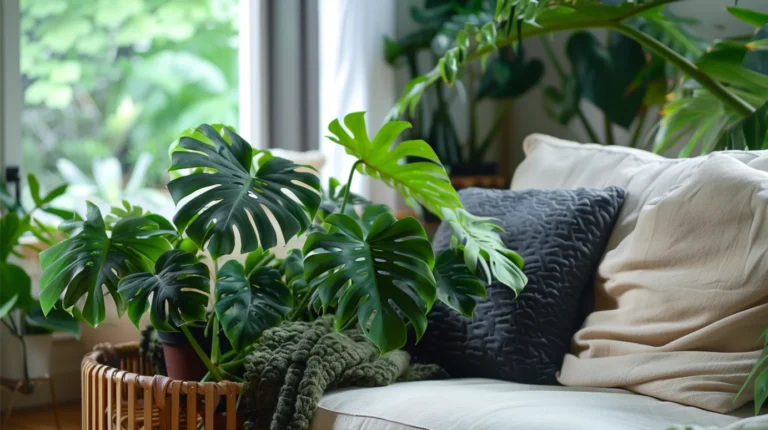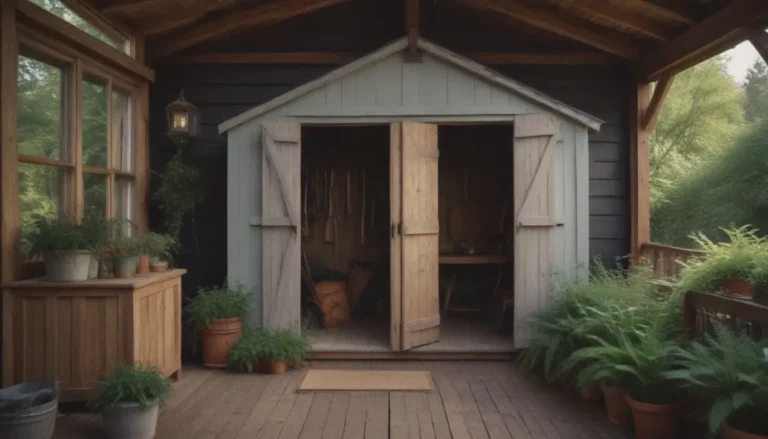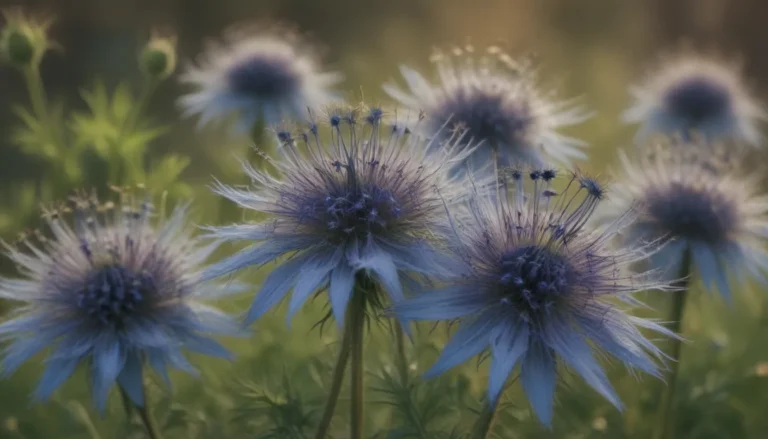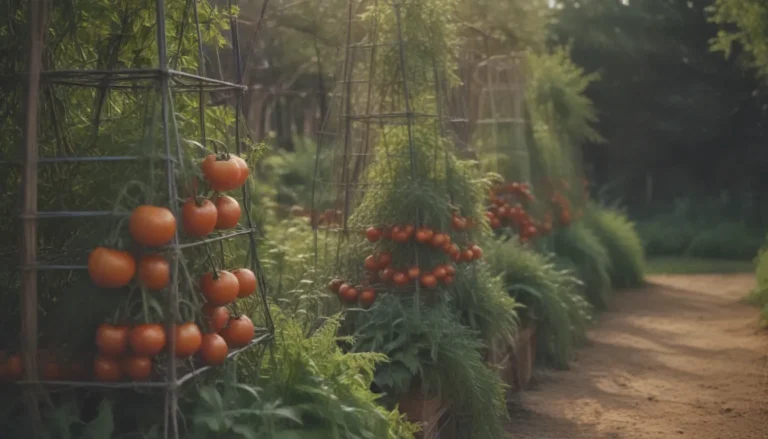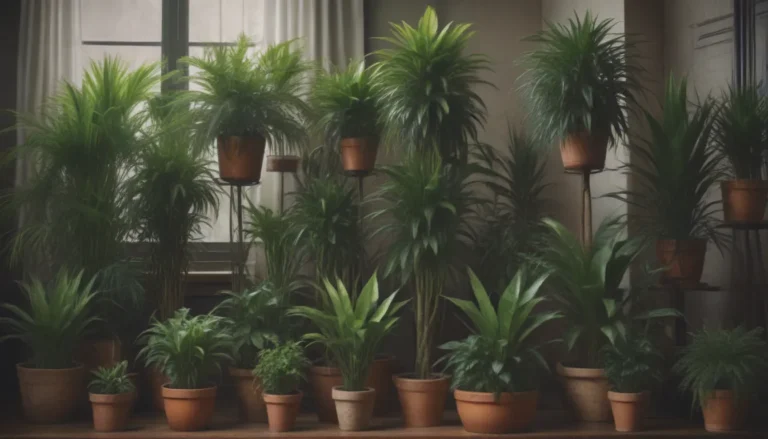Everything You Need to Know About Growing and Caring for Inch Plants

Are you looking for a charming and easy-to-care-for houseplant to brighten up your space? Look no further than the inch plant, also known as tradescantia zebrina. This delightful creeping perennial with oval-shaped green leaves striped in shades of purple is a fast-growing member of the spiderwort family. Originating from Mexico, Central America, and parts of South America, the inch plant thrives indoors in temperate climates with the right conditions.
So, how can you ensure your inch plant thrives and graces your home with its beauty? Let’s delve into the ins and outs of growing and caring for inch plants.
Inch Plant Care Guide
Give yourself peace of mind by following these care tips for your inch plant:
Light
Inch plants require bright, indirect light to maintain their vibrant coloration and vigor. Place your plant in an east-facing window or several feet away from a west or south-facing window to ensure it receives the right amount of light. Avoid exposing your plant to direct sunlight, as this can lead to burnt leaves. Insufficient light can cause your plant to look dull and leggy, with purple coloration reverting back to green.
Soil
Plant your tradescantia zebrina in a moist, well-drained potting mix. A standard houseplant mix will do the trick, or you can create your own blend by combining equal parts peat moss/coconut coir, perlite, coarse sand, and compost.
Water
Keep your inch plant happy by watering it regularly, allowing the top two inches of soil to dry out between waterings. During the winter months, reduce watering frequency. Be cautious not to overwater, as this can lead to root rot and potentially harm your plant.
Temperature and Humidity
Maintain a temperature range of 65°F to 85°F for your inch plant, although it can tolerate slightly warmer conditions. While inch plants thrive in high humidity, they can also adapt well to average indoor temperature and humidity levels.
Fertilizer
While inch plants are rapid growers and typically don’t require fertilizer, you can use an organic liquid houseplant fertilizer diluted to half strength a few times during the growing season. Refrain from fertilizing during fall and winter months.
Trimming Tips
Because inch plants can grow vigorously, occasional trimming can help shape their foliage and keep them healthy. Consider the following tips:
- Trim any vines that appear leggy, are missing leaves, or are growing excessively long.
- Encourage bushier growth by pinching back the tips of vines at a node to promote multiple stems.
- Avoid removing more than 25% of the plant’s growth at once.
Propagating Your Inch Plant
Propagating your tradescantia zebrina is a breeze using stem cuttings, especially if you’re regularly trimming your plant. Propagate your inch plant by rooting cuttings in water or potting mix.
Potting and Repotting
Inch plants are quite content being a little root-bound, so repotting isn’t necessary frequently. Look out for signs indicating the need for repotting, such as roots emerging from the container’s holes, roots saturating the soil surface, and a lack of growth. When repotting, use fresh potting mix and a container only slightly larger in diameter than the previous pot.
Common Pests & Plant Diseases
Keep an eye out for common houseplant pests like spider mites and aphids when caring for your inch plant. Regularly inspect your plant for any signs of infestation and treat them with horticultural oil or insecticidal soap. Overly wet soil can lead to fungal issues such as root rot.
Common Problems With Inch Plants
Here are some common issues you may encounter with your inch plant and how to address them:
- Leggy Stems: Ensure your plant receives adequate light and trim regularly to prevent leggy growth. Pinch back vines at nodes to encourage bushier growth.
- Yellowing Leaves: Check soil moisture levels and adjust watering accordingly to prevent yellowing leaves.
- Browning Tips: Low humidity levels or excessive sunlight exposure can result in browning tips. Increase humidity by grouping plants or using a humidifier.
Additional Tips for Growing Inch Plants
- Inch plants can thrive indoors year-round in temperate climates and can be moved outdoors in containers during summer or in warmer climates.
- Avoid planting these fast-growing plants in the ground, as they can become invasive in certain regions.
- Place your inch plant in a spot with bright, indirect light, such as a window that receives morning sun or several feet away from a window with all-day sunlight.
- Increase humidity levels by grouping your inch plants with other houseplants or using a small humidifier if your home environment is particularly dry.
- Remember that misting your inch plant doesn’t significantly raise humidity levels around the plant.
Inch plants are wonderful additions to any indoor garden, bringing color and vibrancy to your home with minimal maintenance required. By following these care tips and guidelines, you can ensure your inch plant thrives and continues to brighten up your space for years to come. Remember, a happy plant leads to a happier home!
